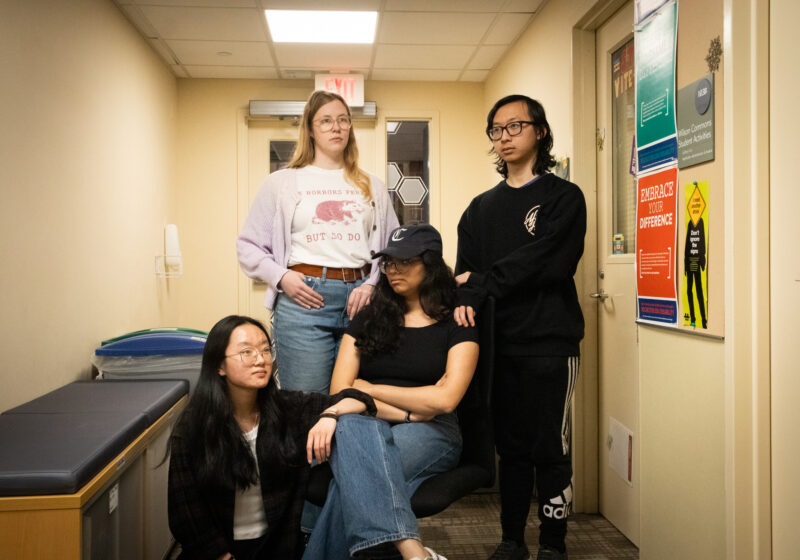Over the summer, institutions of higher education across the country said “never again.” This was not “never again” to genocide, nor was it a condemnation of how too often institutions turn a blind eye to or even aid horrific acts of violence.
This summer, colleges across the country have adopted a clear message: “Never again shall students make the university look bad.”
Last semester, administrators of schools across the country found themselves beset by student protestors and encampments, spurred by student concern over institutional and educational involvement with Israel. Soon after, they were also accosted by national institutions like the Anti Defamation League, wealthy university donors, and members of congress over their failure to suppress these demonstrations, and a perceived unwillingness to adequately crack down on their students. Institutions like Columbia University suspended student organizations like Students for Justice in Palestine and Jewish Voice for Peace, but this did not quell the organic discontent in their student bodies, nor did it satiate the loud voices demanding that any criticism of Israel be swiftly punished.
During the time between semesters, schools throughout the country have found a convenient tactic for maintaining order on campus: changes to the “protest policy.” Universities across the country have adopted restrictions on protesting, including restricting the size of signs, banning any form of sound amplification, controlling where students can protest, prohibiting mask wearing, and forcing students to carry their IDs. At the University, prospective protestors are required to fill out a CCC form before protesting — a deeply comical requirement. The University also prohibits “signs and symbols being inserted into the ground, projected, affixed, or hung from the exterior of any University structure or property.”
Make no mistake — these requirements are specifically designed to make any protest against the University or its policies completely impossible without risking suspension or expulsion. The University, and other institutions like it, wants as much control as possible over the speech and expression of their students, and believe they should possess veto-power over what students can say on campus. They understand that they are in the position to inflict academic and professional harm on students and faculty, and intend to wield this power to prevent the University from receiving bad press.
University protests are well-attested throughout history, from demonstrations against the Vietnam war, to nationwide anti-government protests at universities in Iran in 2022. When these protests occur outside the U.S., they are usually positively characterized in American outlets, with special concern being shown for the rights of these students to freely express their opinions. The campus protests over the war in Gaza do not differ substantially from other student protests. They concern popular discontent with institutional and governmental policies, and how they relate to an ongoing war. Compared to many examples of campus protests abroad and in the U.S. historically, last semester’s protests were remarkably organized and peaceful. Like all dissenters, they espouse opinions that make authority figures uncomfortable and which large segments of the population disagree with, but these beliefs are articulated and arguable, and must be contended with rather than suppressed, just as is pushed for abroad.
The changes to the protest policy at this university and across the country are an unacceptable violation of students’ right to free speech. Private schools may not be bound by the first amendment, but any institution that claims to support the free exchange of ideas should be absolutely ashamed of this bold-faced attempt to limit student expression just because it is critical of the actions of the United States and or any other government. School administrators in this country need to grow a spine and stand by the right of their students to speak and assemble, even if they don’t like what they say.






